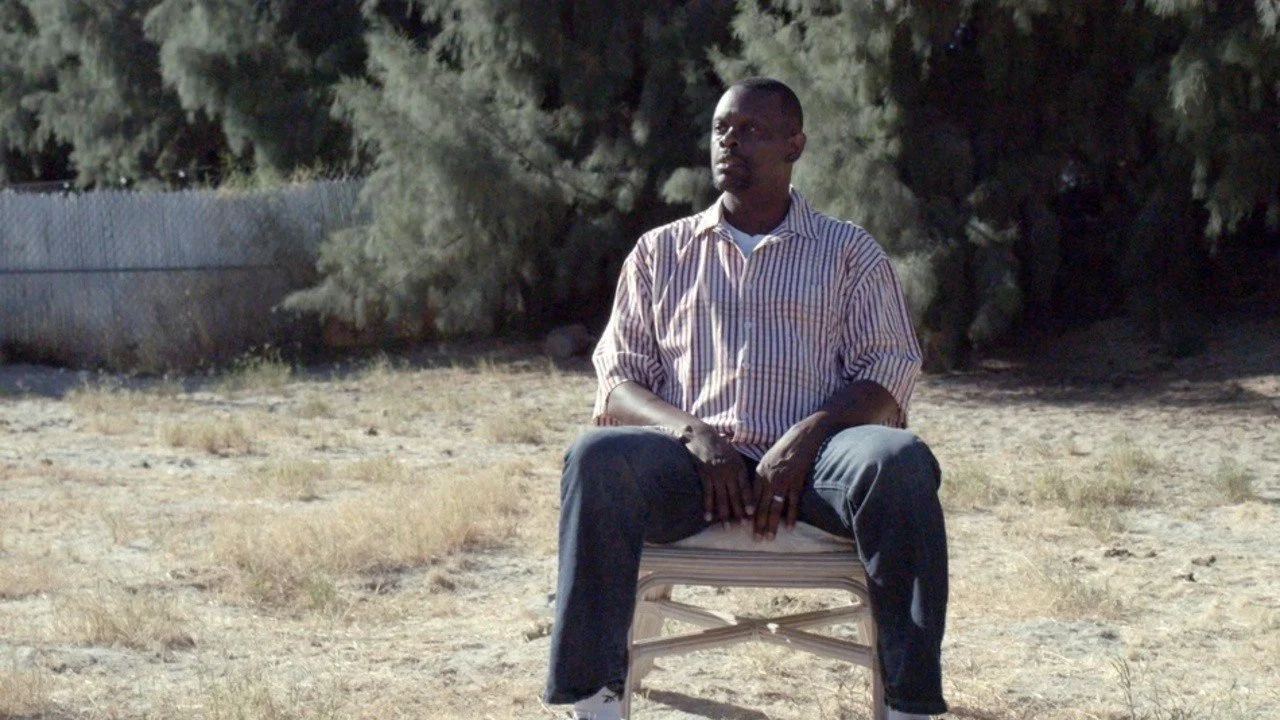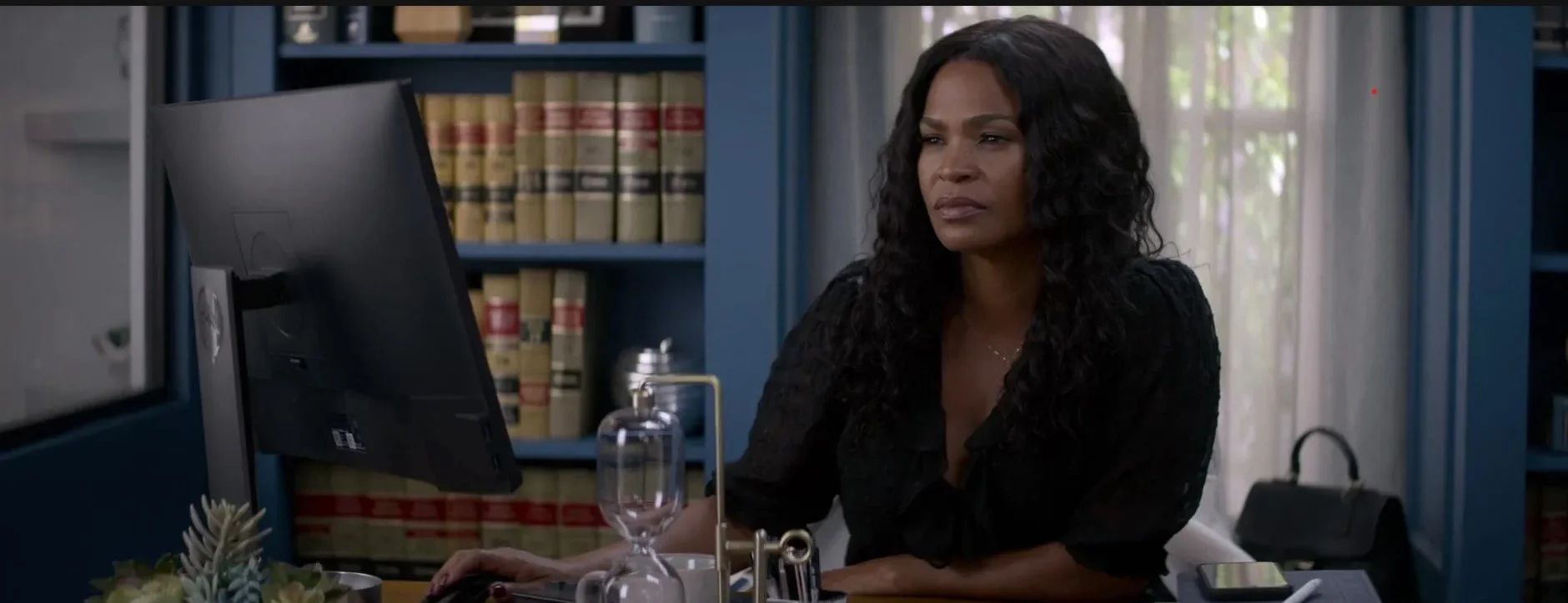You couldn’t breathe until the trees were gone (Africa is a Country)
Since Black American jazz singer Billie Holiday sang of “strange fruit hanging from the poplar trees” in her 1939 anti-lynching ballad, the popular representation of American trees has been haunted by the nation’s history of enlisting nature in terror. “I wonder if every white man in this country, when he plants a tree, doesn’t see negroes hanging from its branches,” French dramatist Jean Genet pondered in the introduction to the 1970 printing of Soledad Brother: The Prison Letters of George Jackson—an epistolary biography that recounts Jackson’s life and politics as a Black American activist and prisoner in California’s San Quentin State Prison prior to his attempted prison escape and subsequent murder. In Toni Morrison’s 1987 Pulitzer Prize-winning novel Beloved, a fugitive slave woman named Sethe has whipping lashes on her back that have healed into the shape of a chokecherry tree. “I got a tree on my back and a haint in my house, and nothing in between but the daughter I am holding in my arms. No more running—from nothing, I will never run from another thing on this earth,” Sethe asserts. And decades later, Percival Everett’s 2021 The Trees, a work of crime fiction set in a small town in Mississippi, follows a series of murders that share an uncanny link to the 1955 murder of Emmett Till, the 14-year-old lynching victim whose brutal murder in the very same state continues to rupture the very metaphysics of time and space, life, and death.
With the release of Racist Trees (2022), documentarians Sara Newens and Mina T. Son join in this artistic and intellectual tradition of arboreal inquiry in their film’s exploration of Crossley Tract, a historically Black community in Palm Springs where residents organized for the removal of tamarisks trees that have separated their under-resourced and state-neglected neighborhood from the luxury views of the Tahquitz Golf Course.
Read More
Depreciating Assets: Who Wins By Declaring The End of The BBL Era? (Lux Magazine)
The era of the ass is on its way out, or so we have been told. Over a decade after BBC News announced in 2011 that a growing “obsession” with big booties had sprung from the increased popularity of American hip-hop culture, and the corresponding prominence of well-endowed artists such as Beyoncé and Nicki Minaj, social media, journalists, critics, and more have begun to join the bandwagon by openly wishing that the wagon would go away. “The bbl era is over,” Twitter users have declared for months, referring to the cosmetic surgery known as the Brazilian Butt Lift, or BBL. They retweet and thread together images of celebrities whose alleged and confirmed BBL reversals have been regarded as the death knell for the donk in American popular culture. Many have noted, before its contemporary death sentence discourse, that the “global pursuit” of ass-enhancement and edification has had unique impacts on pronunciations of Black women’s “realness,” the theorization of a “new black body,” the development of recovery houses, and ongoing political analysis of what it means to characterize cosmetic surgeries as “excessive” or “elective” within a capitalist society committed to austerity. What remains to be said of the public’s eagerness to announce the demotion of the ass is what it reveals about the anti-Blackness of our beauty culture — namely, that it is shaped not only by a “logic of depreciation,” but also, in the words of Afro-Brazilian scholar Denise Ferreira da Silva, a condition “beyond the equation of value” in which the subject of calculation is “destined to obliteration.”
Read More
Hollywood’s Black Snitches Aren’t Telling the Whole Story (Vulture)
The titular spook from Sam Greenlee’s 1969 novel, The Spook Who Sat by the Door, is a double agent. The novel’s protagonist, Dan Freeman, is the first Black officer in the history of the CIA, and to make up for being a token agent of the state, he takes his newly acquired intel and tactical skills to his community in Chicago to train up its working-class Black youth as freedom fighters. The 1973* film adaptation, directed by Ivan Dixon, was subsequently yanked from theaters for its radical content — or, in the words of cinema scholar Samantha N. Sheppard, for the way it “dramatizes, as revolutionary, the theme of African American freedom and equality being gained through a political consciousness of armed resistance.”
Read More
Recaps: Atlanta, S3 (Vulture)
After a four-year hiatus, season three of Atlanta returns with a question: What can’t water wash away?
Opening with a night-fishing scene in which two men, one white and one Black, discuss their unease on the water, episode one of the new season begins when a forgotten history rises to the surface. As the two men look out into the murky waters, the Black man suggests they call it a night. “Hey, man, I think it’s ’bout time we haul it up out of here,” he says. “Yeah, it might be,” the white man responds, agreeing to head out once he finishes his beer. As they sit, lacking urgency in their plans to leave, the Black man begins to share a traumatic childhood memory of nearly dying in the lake. “This place always gave me the heebie-jeebies, man,” he says. “I almost drowned in [the water] when I was, like, 8,” he explains, noting that he “felt like [he] was being pulled.” Unsurprised, the white man suggests that he was, in fact, being pulled.
Read More
Recaps: Snowfall, S5 (Vulture)
The season-five premiere of Snowfall begins with the fall of a star on the rise. Opening up to a scene at the University of Maryland, a group of young college athletes is doing lines of cocaine. One of the bunch is identified to be none other than Len Bias — the first-team All-American college-basketball player who the Boston Celtics selected as the second overall NBA draft pick in 1986. A bright future ahead of him, a 22-year-old Bias holds his green jersey up to his chest and saunters before his teammates with pride. After a few more lines, he grows quiet and grabs his chest. Panic washes over the scene as his friends scramble for help. Soon it is announced: Len Bias has died of cocaine-induced tachycardia on June 19, 1986, just two days after his draft selection. Snowfall pulls from this cultural archive of the ’80s and situates the death of Bias within a larger story of shifting geopolitics, crime syndicates, and the War on Drugs as they facilitate the increased accessibility of cocaine within the U.S. The tragedy of Bias’s premature death reveals the tensions that heighten the season’s stakes: Last season’s drug game is not this season’s drug game.
Read More
A Pop-Cultural Autopsy Of The Black Woman Medical Examiner (Believer Magazine)
Crime dramas, one of the most enduring television genres, have revolutionized American popular culture with each hit series. But increasingly, programs which once enjoyed cultural immunity have had their widespread popularity dissected. Charged with propagating “copaganda,” crime television has earned scrutiny for its continual use of charismatic yet flawed characters to avoid systemic criticisms of policing. Drawing on the nation’s oldest narrative tropes regarding criminality and heroism, they rehearse an American theater of morality and criminality.
Read More
The End of Safety: On Netflix’s Fatal Affair and the Insecurity of the Black Romantic Thriller (Film Cred)
Anyone who watches romantic thrillers knows what to expect. This is precisely why we watch. The goal is not to be surprised so much as it is to have our suspicions confirmed. These films promise to reward us for our anticipation. With the rise of Black-led romantic thrillers, however, audiences are often asked to suspend our disbelief in more ways than one. Unlike the increasingly popular, so-called “Black social thrillers,” such as Get Out, Us, and Luce, the Black romantic thriller is rarely authored by Black screenwriters themselves. Thus, these films rarely ask audiences to look closer or engage critically where race, class, gender, and sexuality are concerned. Instead, Black romantic thrillers — the likes of which include Obsessed, When The Bough Breaks, The Perfect Guy, The Intruder, etc. — take part in an especially sinister seduction with regard to genre. Centering narratives of Black women leading idyllic upper-middle-class lives, more often than not, these films allow little to no consideration for the ways race, class, and gender inform one’s exposure to violence and relationship to safety.
As a genre, the thriller hinges on the idea of violence as sensational and temporary rather than pervasive and recurring. Yet, the lives of Black women and girls threaten this very narrative structure. According to a 2017 CDC report, Black women experience domestic violence and homicide at higher rates than any other group in the United States. With these conditions in mind, a romantic thriller with a Black woman lead is perhaps faced with the subversion of the genre itself. After all, the thriller cannot exist without an established narrative of safety. To write about Black women and intimate violence would require a troubling of “safety” as it stands. For failure to do so, the Black romantic thriller, in its efforts to meet the demands of a stifling genre, often struggles to fathom violence without contingency.
Read More
The Legend of Flying Africans (Africa is a Country)
In A24’s latest crime thriller, Uncut Gems, everything begins in Ethiopia. Opening with injury, the film starts in 2010 at the scene of two familiar crimes—the exploitation of land and of man. First, an African miner emerges from the Welo mines of Ethiopia carried by his coworkers. His leg, mangled and bleeding, demands the attention of medics and mine managers alike. Shots of the man’s bone exiting his skin are soon replaced by those that show another protrusion. Though his bloodshed breeds commotion and conflict, the mine, always a worksite, continues to produce profit in the wake of his cries. Unearthed in the mines by another set of miners, the film’s namesake appears—an uncut black opal. The stone, still married to rock, shimmers even in the darkness, as if it were promised to a life beyond the mine. Propelling the rest of the story, the jewel swiftly leaves the African continent and all of 2010 behind. And though its geography changes, matters of extraction and indebtedness seem to follow the opal throughout its travels—haunting every transaction made in its name.
Read More








